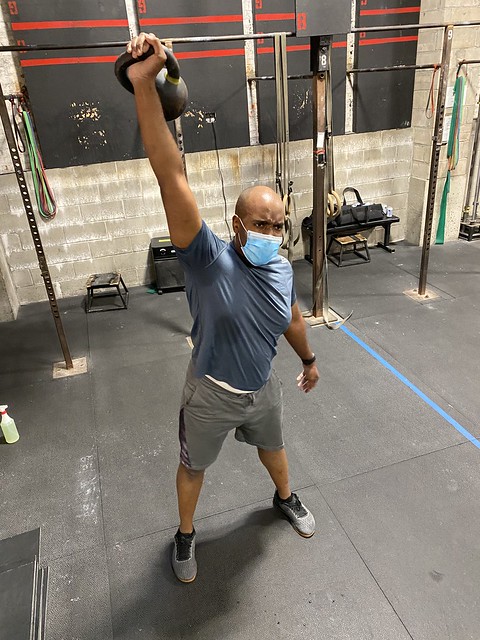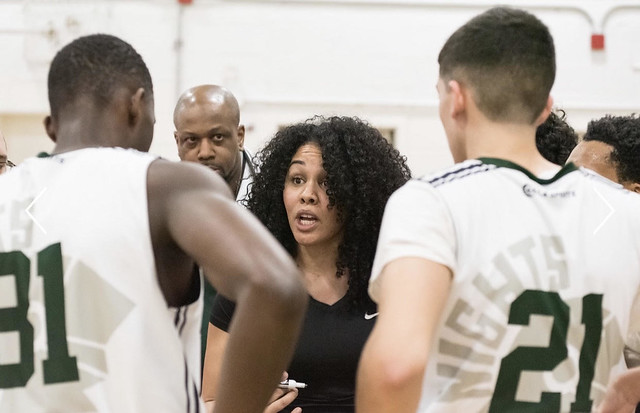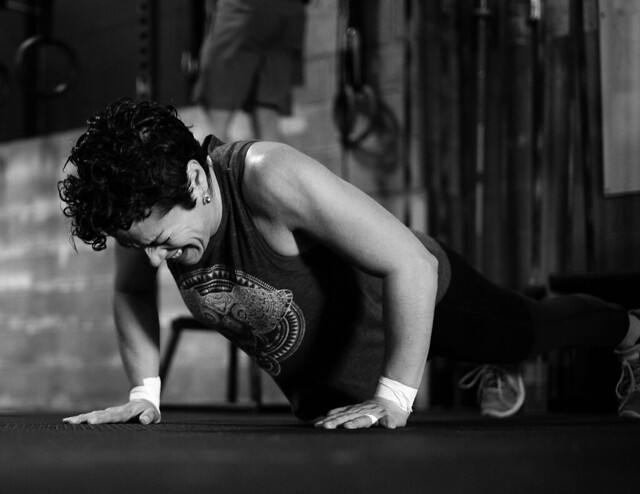CFSBK Zoom Room (Password: CFSBK)
Active Recovery: 10am
Today’s Programming
STRENGTH
A: Sumo Deadlift 3×8
B: Back Squat (you can use %s from Tuesday, Saturday or just perform a 3×5)
C: Press or Bench Press 5×5
D: Chin-Ups 5×5
Notes:
For today’s strength segment, choose an exercise that corresponds to what you have not performed in the prior few days or what you’re least sore from. You can also add a second, non barbell movement as a superset. For example, you might perform Bench Press, but add in some DB Rows or you might do Deadlifts and Chin-Ups
Tomorrow we have cleans and push-ups.
METCON
16:00 AMRAP:
16 cal Row
8 Toes to Bars
16 Alternating DB Snatches
Notes:
T2B: Kipping / Strict / Hanging Leg Raises / Supine Leg Raises
DBS: Alternate hands every rep.
CrossFit Group Class Programming Template

Omar has the power!!!
‘Legends of the Hidden Temple’ Casting Call: How to Audition for the CW Reboot – Decider



 Carissa Mueller
Carissa Mueller Patrick Frank
Patrick Frank



